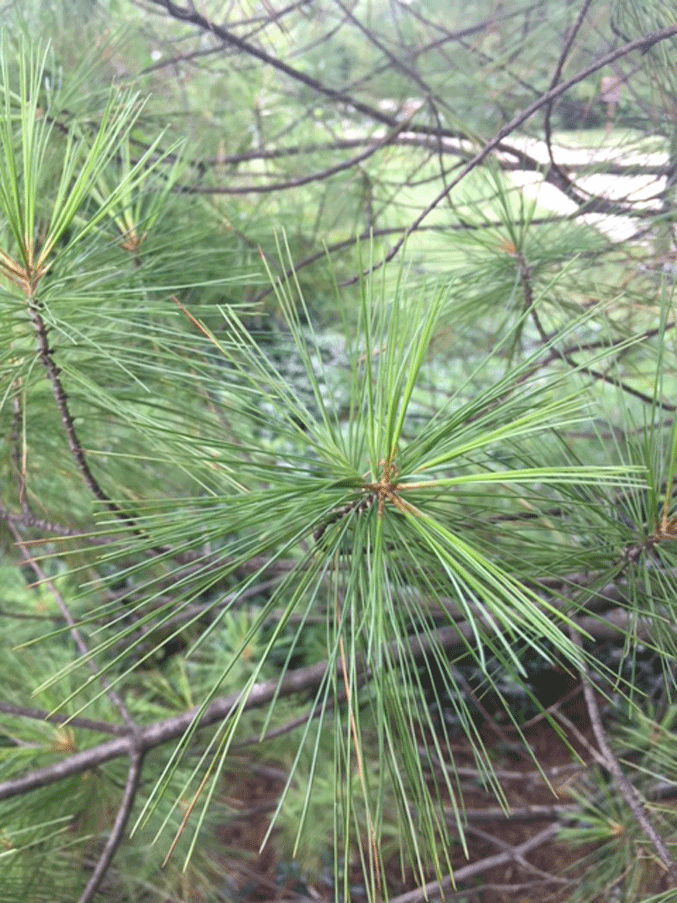The Midwest cured my tree blindness. I grew up in Maine, where trees were a given, and then moved to upstate New York. I would have barely noticed the subtle shift from conifer to decidous forest if not for the gray winters. Oaks and maples are beautiful during the summer but their beauty is outcompeted by snow-dusted pines in the winter. Other than that, trees and plants were always just there. Something to fill in the background.
When I moved to Ohio and then Illinois, I noticed the lack of trees. Out there, trees are very much not a guarantee. You can look out into the landscape, past the inevitable corn or soybean field, right to where the sky plunges into the green or gold or probably brown fields, without a tree in sight.
I think this is the reason I found myself working at The Morton Arboretum for several months. I had never been to an arboretum before, but I knew once I got there that I had found a place I would love. Once again, I could walk out into a forest and explore under the shade of trees.
My favorite place quickly became the conifer collection under the white pines. Maine is covered in tall white pines. Their long, thin needles are grouped in feathery bundles of five. As young trees they are typically triangular, like a soft Christmas tree, but as they become larger their trunks stretch and their shape becomes more round and top-heavy. At lunch I would sit under the collection of white pines at the arboretum and imagine being back home. That is the beauty of large trees. They make us feel at home under their branches.
Everyone remembers playing under the large tree in their yard or park. They are stately and almost magical, as if you can feel the life flowing through them. They shade us when it is hot and warm us when it is cold.
The Conifer Collection will hold a special place in my heart alongside the white pines dotting the Maine coastline. These beautiful trees made me feel at home in a new place. They cured my tree blindness.




